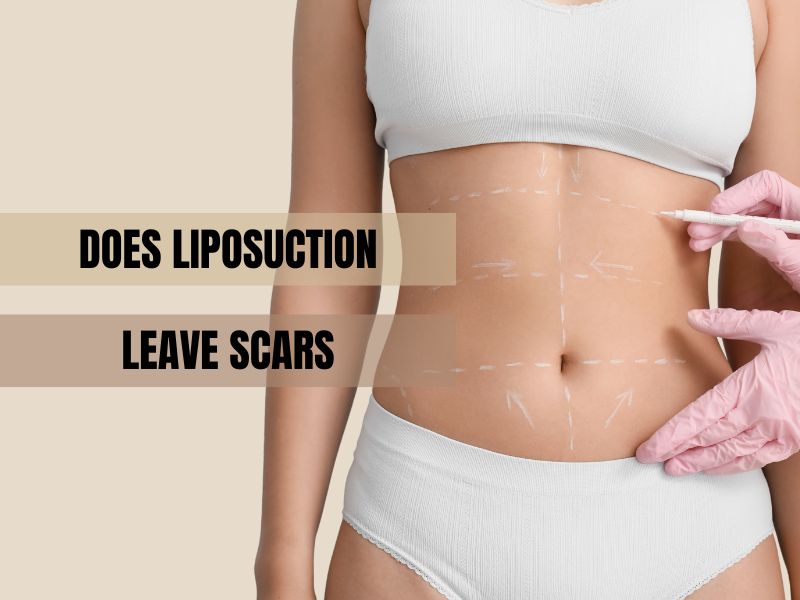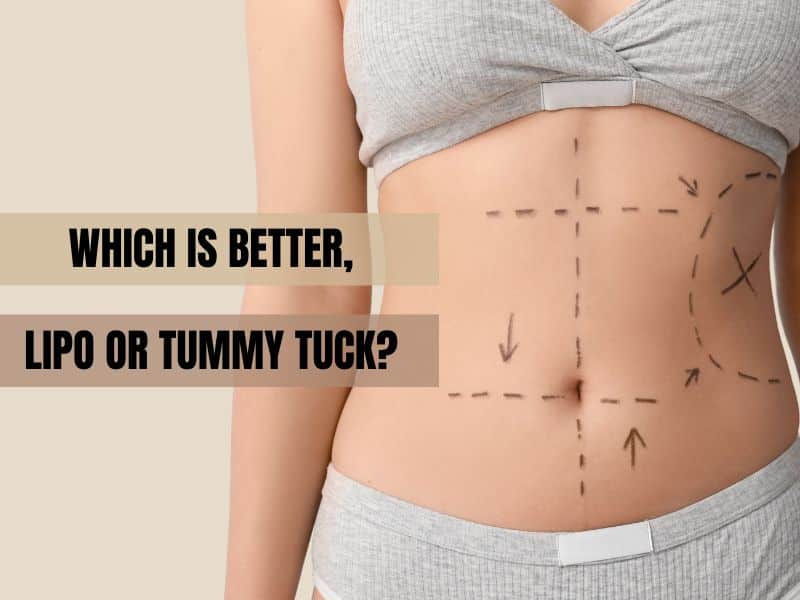Chin Lipo Before and After FAQs
If you’re considering chin liposuction in San Francisco, chances are you’ve already been browsing chin lipo before and after photos and looking at all the amazing results this procedure can achieve. But did you know that patients who do their research prior to surgery often end up with the best results?
This is because they do their research to find the best chin liposuction surgeon, plan for their recovery before surgery, and follow all of their surgeon’s before and after chin lipo surgery instructions closely.
So, where can you begin?
Below, we’ve compiled a list of the top chin and neck lipo before and after FAQs. Read through them to get to know this procedure better and prepare yourself for your own transformation!
Double Chin Lipo Before and After FAQs
1. What is chin and neck liposuction?
Chin and neck liposuction, also referred to as submental liposuction, removes unwanted fat from beneath the chin to create a more defined jawline and youthful appearance. Often, these areas cannot be corrected through lifestyle changes alone.
When it comes to liposuction chin lipo often has a major impact on the appearance of a person. There will be an immediate noticeable difference in the contours of the neck and jawline, something which is usually unachievable without surgery.
2. Who is a good candidate for chin liposuction?
The ideal chin liposuction patient is someone who wants to reduce excess fat along their neckline and beneath their chin and jaw. They should be in good physical health with no serious medical concerns. Patients should also have good skin elasticity and be at a healthy weight.
3. What kind of anesthesia is used for chin liposuction?
Typically, local anesthesia is used for chin augmentation. Sedation through an IV can also be incorporated to keep patients who are especially nervous more comfortable. In some cases, general anesthesia may be used.
4. Is chin liposuction the same as buccal fat removal?
No, chin liposuction removes excess fat from the chin and neck area for a sleeker jawline and neck. Buccal fat removal removes the fat pads from the cheeks for a more chiseled facial profile and more prominent cheek bones.
5. What are the potential risks and complications of chin liposuction?
There are risks with all types of plastic surgery, including a risk of bleeding, infection, poor wound healing, noticeable chin lipo scars, and an outcome you are unhappy with. Most patients have a great experience and no complications.
Specifically related to chin liposuction, there is also the risk of uneven results, a lumpy or bumpy neck contour, or a “turkey neck” (loose skin that hangs after fat removal). Again, these outcomes are rare.
 6. Is chin liposuction the same as chin augmentation?
6. Is chin liposuction the same as chin augmentation?
No, chin liposuction removes excess fat from the chin and neck area for a sleeker jawline and neck. Chin augmentation augments the chin to make it more prominent or correct a shape issue. Often, a chin implant will be used to do this.
7. What can I expect immediately after chin liposuction?
Following chin liposuction, expect some swelling, bruising (sometimes down the neck to the chest area), soreness, and changes in sensation. These symptoms will be worst over the first few days of recovery and should improve after several weeks.
8. How should I care for the incision sites post-surgery?
Your surgeon will instruct you in the best course of treatment when caring for your surgical incisions after surgery. This usually involves keeping the area clean and dry and changing out bandages periodically. Most patients will need to wear a compression headband during their chin lipo recovery.
9. Can you get rid of a double chin without incisions?
Some surgeons may offer some sort of laser chin liposuction. However, these results typically pale in comparison to traditional double chin liposuction removal. Look up “chin laser lipo before and after photos” to see examples. While looking through pictures, filter cases that are the most similar to your situation.
The good news is that chin lipo only requires one small incision, usually located right beneath the point of the chin. Sometimes, another incision behind each ear is used as well, but these are nearly impossible to see once healed.
10. Will there be visible scars after chin liposuction?
During chin and neck liposuction, typically, one incision is made right beneath the chin, and sometimes, another incision is made behind each ear.
These incisions are very small, and they will be well-hidden once healed. Also, scars after any type of surgery, male/female typically fade and flatten out with time.
11. Can chin liposuction be combined with other procedures?
Yes, some patients may choose to undergo a neck lift, facelift, or injectables like Botox, for example. Talk to your surgeon about your desired outcomes, and they will advise the best add-on services for you.
12. How much does chin liposuction typically cost?
Chin lipo cost varies depending on where you get surgery (the city and region). It’s also important to note that different surgeons charge different fees for their care. And things like the extent and difficulty of your surgery will also influence cost.
13. Are the results of chin liposuction permanent?
Yes, though it is important to maintain a healthy lifestyle and a healthy weight to avoid notable changes to your results. Likewise, we unfortunately cannot stop the hands of time, and the natural effects of aging may invariably change the way your neck and chin look after a few years.
14. What Is the recovery timeline for chin liposuction?
Recovery time can vary from person to person, but most people return to their normal routine within one to two weeks. Swelling and bruising will likely persist for a few days, but you should see a significant improvement in the contours of your chin and neck within 3 to 6 weeks. Full results can take several months to become apparent as the skin adjusts to its new shape.
15. What are the benefits of chin liposuction over non-surgical alternatives?
Non-surgical treatments like Kybella or CoolSculpting may offer some fat reduction, but they often produce more subtle results and may require multiple sessions. Chin liposuction, on the other hand, offers more dramatic, immediate, and permanent contour changes in a single treatment.
16. How can I prepare for my chin liposuction procedure?
Preparing for your chin lipo surgery includes both physical and mental preparation. You should stop smoking and avoid taking certain medications that can increase bleeding, as per your surgeon’s instructions. Mentally, it helps to visualize your desired outcome and be prepared for a short recovery period.
17. Can I exercise after chin liposuction?
While you may be able to walk or do light activities after a few days, it’s important to avoid strenuous exercise or anything that could raise your heart rate for the first few weeks. Follow your surgeon’s instructions carefully to avoid complications and ensure a smooth recovery.
18. Is chin liposuction safe?
Yes, chin liposuction is generally considered safe when performed by a skilled, board-certified plastic surgeon. As with any surgery, there are inherent risks, but these can be minimized by selecting a qualified professional and following all pre- and post-operative instructions carefully.
 19. What should I do if I experience excessive swelling or bruising?
19. What should I do if I experience excessive swelling or bruising?
Mild swelling and bruising are common after chin liposuction, but if you experience excessive swelling, bruising, or signs of infection (such as fever or unusual discharge), contact your surgeon immediately. These may be signs of a complication that requires attention.
20. How do I choose the right surgeon for chin liposuction?
When choosing a surgeon for chin liposuction, look for someone who is board-certified by the American Board of Plastic Surgery and has a proven track record with successful chin lipo surgeries. Reading patient reviews, reviewing before-and-after photos, and scheduling consultations to discuss your concerns and goals are excellent ways to ensure you’re making the right choice.
21. Can chin liposuction improve my profile?
Yes, one of the main reasons people seek chin liposuction is to improve their side profile. By reducing fat beneath the chin, the procedure can help create a more balanced, youthful, and defined profile. If you have concerns about your overall facial balance, your surgeon can suggest complementary procedures, such as buccal fat removal or a chin implant.
22. What are the downsides of chin liposuction?
While chin liposuction can offer significant aesthetic improvements, there are potential downsides, including uneven results, loose or sagging skin, and scarring. Swelling, bruising, and temporary changes in sensation are common, but usually resolve over time. Additionally, lifestyle factors like weight gain can impact results, and some patients may require additional treatments for optimal outcomes.
23. What is the best age for chin liposuction?
The ideal age for chin liposuction typically ranges from the 20s to early 50s, as younger individuals generally have better skin elasticity. This elasticity is crucial for ensuring that the skin tightens smoothly and evenly following the procedure.
24. Does chin lipo leave a saggy skin?
Sagging skin on the neck after chin liposuction can occur similarly to how skin loosens after significant weight loss in other areas of the body. This typically happens when the skin doesn’t have enough elasticity to tighten properly after the fat is removed.
Call to Arrange Your Consultation Appointment Today
Want to get rid of a double chin once and for all? Chin liposuction can offer dramatic results!
Please contact us today to learn more about this plastic surgery and to book your personal consultation appointment with double-board-certified plastic surgeon Dr. David Sieber.



 6. Is chin liposuction the same as chin augmentation?
6. Is chin liposuction the same as chin augmentation? 19. What should I do if I experience excessive swelling or bruising?
19. What should I do if I experience excessive swelling or bruising? Double eyelid surgery, or East Asian blepharoplasty, is a cosmetic procedure that creates a crease in the upper eyelid, resulting in a more defined and open eye appearance.
Double eyelid surgery, or East Asian blepharoplasty, is a cosmetic procedure that creates a crease in the upper eyelid, resulting in a more defined and open eye appearance. FAQ: Double Eyelid Surgery
FAQ: Double Eyelid Surgery Forehead reduction surgery, or hairline lowering surgery, is a fairly straightforward procedure but requires significant expertise to avoid complications. The process usually starts with the patient undergoing general anesthesia to ensure comfort throughout the surgery. Afterward, the surgeon will make an incision along the hairline to allow for the removal of excess skin from the forehead.
Forehead reduction surgery, or hairline lowering surgery, is a fairly straightforward procedure but requires significant expertise to avoid complications. The process usually starts with the patient undergoing general anesthesia to ensure comfort throughout the surgery. Afterward, the surgeon will make an incision along the hairline to allow for the removal of excess skin from the forehead. Discuss the Plan Before Surgery
Discuss the Plan Before Surgery Liposuction scars come from incisions. They are usually less than a centimeter long. Again, each single incision (which later creates the scar) must be large enough to fit a cannula through. Cannulas are thin tube instruments used by plastic surgeons to agitate and suction out or drain the body of localized fat, so the thinner the cannula, the smaller the incision needs to be.
Liposuction scars come from incisions. They are usually less than a centimeter long. Again, each single incision (which later creates the scar) must be large enough to fit a cannula through. Cannulas are thin tube instruments used by plastic surgeons to agitate and suction out or drain the body of localized fat, so the thinner the cannula, the smaller the incision needs to be. Do lipo scars ever go away?
Do lipo scars ever go away? TUMMY TUCKS
TUMMY TUCKS Which is better, lipo or tummy tuck?
Which is better, lipo or tummy tuck?